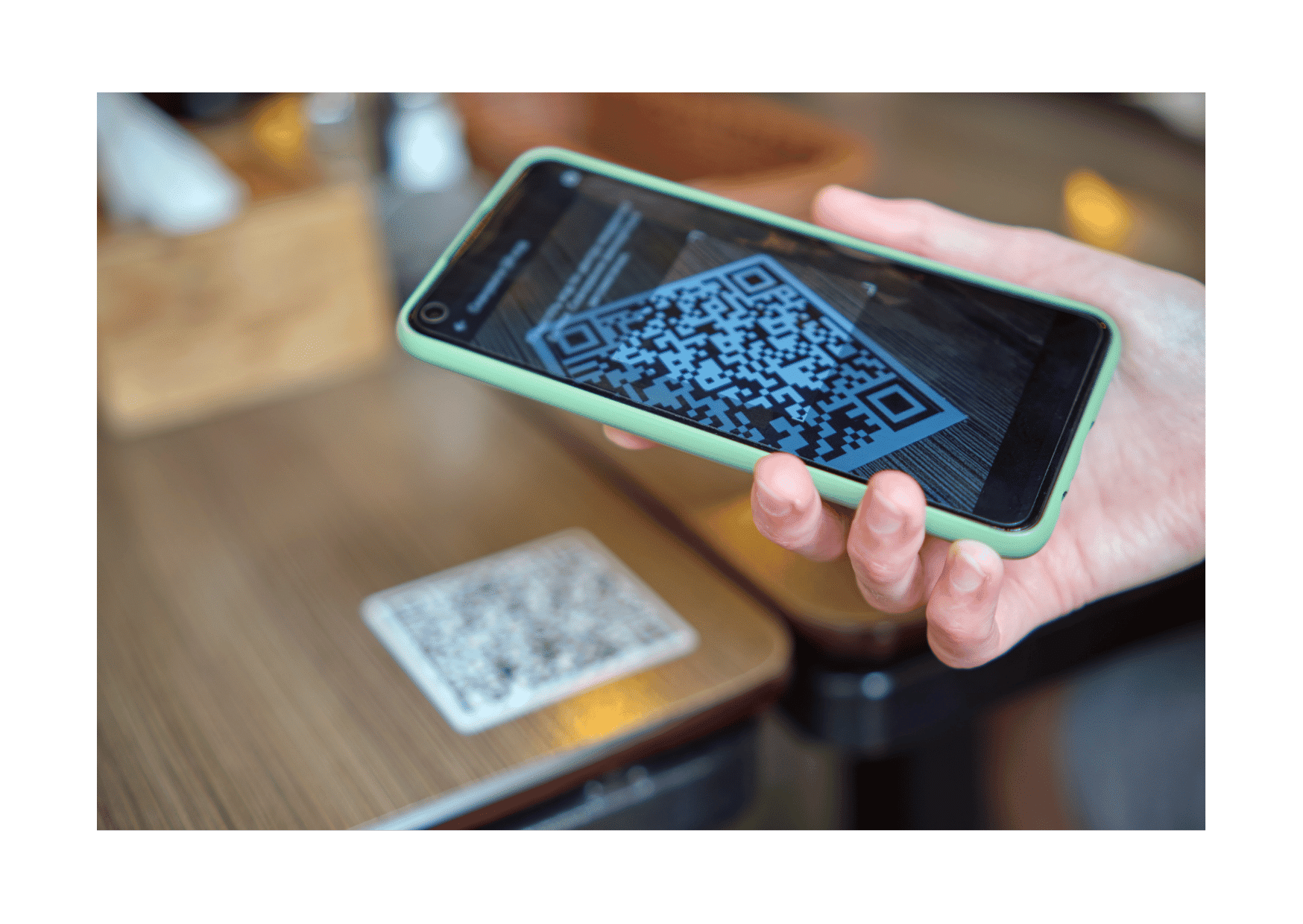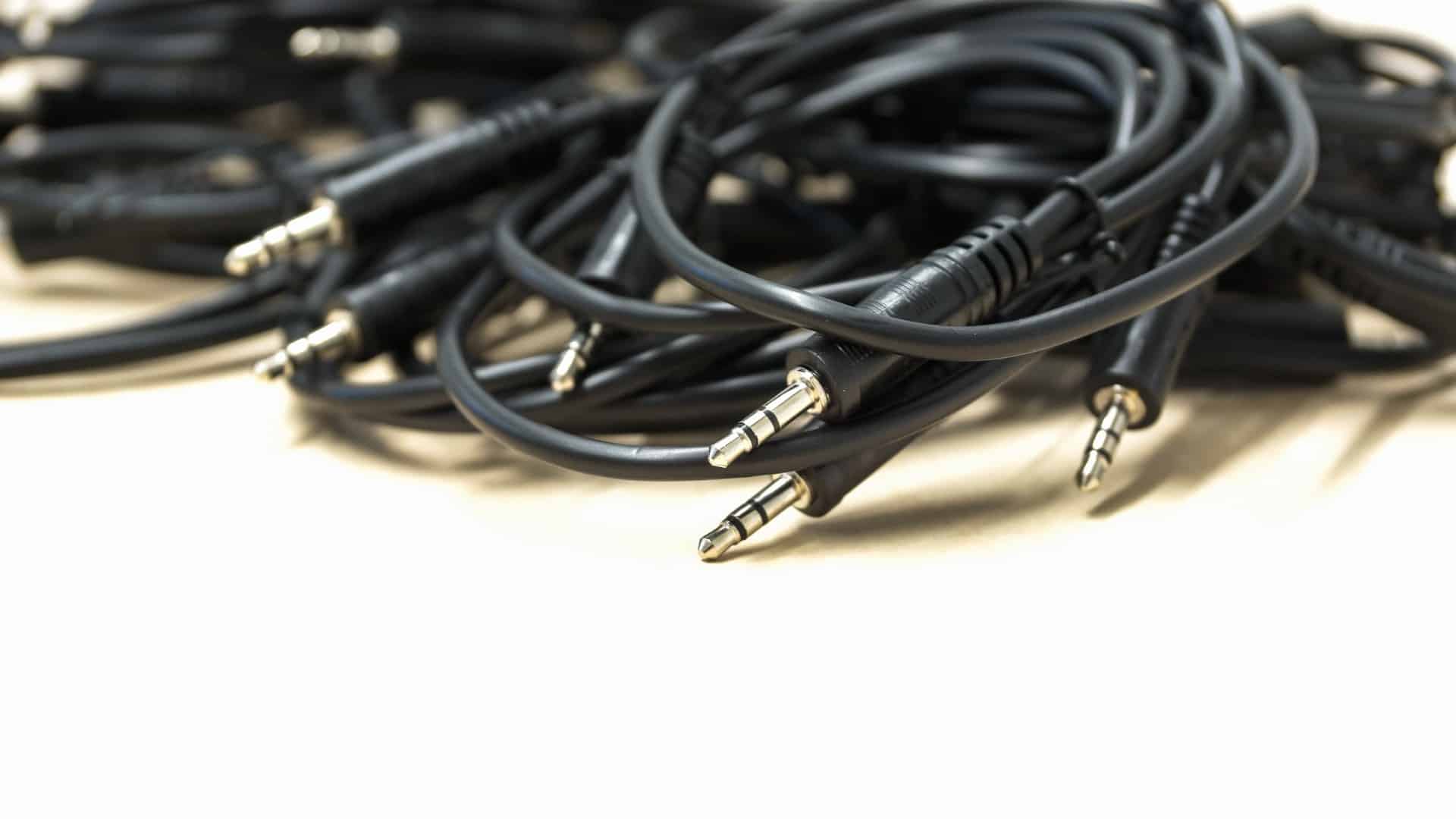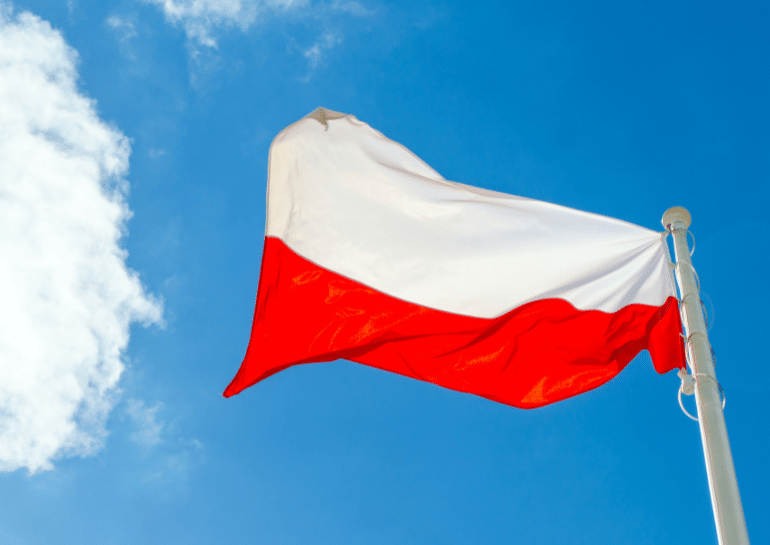Digital product passport for sustainable products
Digitalisation is in full swing and affects almost every industry – including production, retail and sales. One advanced development that is in keeping with the times in this context is the digital product passport. This is a digital data record that can be used to retrieve standardised information about a product. This includes material, chemical ingredients, repairability, spare parts and much more. The data covers the entire life cycle, so that the EU’s digital product passport can be thought of as a kind of identity or CV of a product.
In this article, you will find out how the EU’s product passport is shaping the future of sustainable products. We look at the reasons for its introduction, the obligations that manufacturers must fulfil, the expected date of introduction and the benefits it will bring for all stakeholders along the economic chain.
The digital product passport is a data set. Market players and customers scan a QR code to retrieve the data contained in the passport. They then receive information on the characteristics of the product. Manufacturers of products affected by the upcoming Ecodesign Regulation are obliged to use the digital product passport to provide the product information required by the legislator. What information this is depends on the type of product. In addition to the ingredients, materials and components, information on reusability and assembly instructions are also potential components of the passport.

Why was the EU digital product passport developed?
The EU product passport should include information on the components, ingredients and other properties of products. The information content in the digital product passport will make it easier for all market players and consumers to contribute to the circular economy within the company.
The core idea behind the introduction of the digital product passport is to ensure greater transparency and at the same time give consumers the opportunity to make sustainable decisions.
Initiatives to develop the digital product passport have been driven by the EU’s new Ecodesign Directive and Ecodesign Regulation, which are aimed at sustainable products and reducing waste. They are also part of the European Green Deal and make a significant contribution to achieving climate targets.
Previously, the Ecodesign Directives only applied to energy-related products. With the amendment, they now also apply to physical products and set the legal framework for their environmental and resource protection requirements such as durability, reusability and reparability. The focus here is on the entire life cycle. The use of recycled materials is also to be promoted.
The EU Commission and various national institutions have developed the digital product passport as a tool to promote these sustainable requirements and protect consumer rights.
The standardised format is the first step towards a fundamental circular economy – in stationary and online retail.
When does the digital product pass apply?
The digital product passport should gradually find its way into the economy.
It is currently planned that the obligation will initially be extended to textiles, cars and electrical appliances from 2026. From 2027, it is to become mandatory for all imported products.
What are the benefits of the digital EU product passport?
The digital product passport creates intelligent access to product information and increases transparency along the entire value chain. It bundles key data – from raw material sources and recycling options to declarations of conformity and operating instructions. It also integrates a wealth of additional information on environmental and social indicators, such as the carbon footprint or compliance with supply chain laws.
As already mentioned, the digital product passport allows consumers to make informed purchasing decisions on the one hand and enables companies to design, manage and optimise their supply chains more efficiently on the other. At the same time, it makes it easier for SMEs to launch products and assert themselves on the market.
To summarise, the digital product passport has the following advantages:
- Transparency through detailed insights into the product life cycle, which both strengthens trust and supports well-founded purchasing decisions.
- Efficiency through optimisation of supply chain management based on improved accessibility and analysis of relevant data.
- Sustainability and promotion of environmentally conscious production and consumption methods through more efficient use of resources and recycling processes.
How will the EU’s digital product passport be realised technically?
The digital product passport uses modern technologies such as QR codes, NFC and RFID chips, standardised in accordance with ISO/IEC 15459, to ensure fast access to detailed product information.
The database for the EU product passport consists of both internal and external sources: Suppliers provide data on material origin and processing, while partner companies contribute information on maintenance and disposal. Internally, data on materials, consumption and quality is collected in order to obtain a comprehensive overview of product life cycles.
What does the EU’s digital product passport oblige manufacturers to do?
The provision of a digital product passport will be mandatory for manufacturers of certain products. It is currently certain that energy-related products will have to have a digital product passport in future, as these products are affected by the Ecodesign Directive that is already in force.
As the new Ecodesign Regulation extends the group of affected products to include textiles and packaging, for example, it can be assumed that these and other product types will also have to be equipped with a digital product passport in the coming years.
The information that the EU product passport must contain varies from product to product. A product passport is already known from the amendments to the EU Battery Regulation 2023. Every battery must carry a battery passport. Information on the capacity, performance, service life and chemical composition of the battery must be available via the QR code. Similar to the battery passport, the EU’s digital product passport imposes product-specific obligations as to what information manufacturers are required to provide. Examples of mandatory information include
- Assembly instructions
- Interface technologies
- Operating instructions
- Certificates
- Proof of authenticity
- Reusability
- Material composition
- Energy efficiency
The digital product passport and the ability to retrieve data via a mobile device in just a few clicks benefits not only consumers, who can find out about ecological conditions, but also waste disposal companies, for example, who can obtain information about recycling. Or public institutions, which can check whether all relevant guidelines have been complied with. Companies have the opportunity to see how a product can be repaired and what spare parts are available.
Mastering the challenges of introducing the digital product passport
The legal framework for the digital product passport is defined by laws such as the EU Battery Regulation and the Ecodesign Regulation for Sustainable Products, supplemented by specific norms and standards developed by experts from various sectors. Despite the assumption that data is easily accessible in supply chains, isolated solutions often hinder availability.
Companies also have concerns about data security and data protection when collecting and storing comprehensive product data. At present, there is still a lack of widespread conviction that the digital product passport will be used in everyday life and can utilise its many advantages.
What puts many companies off is the thought of high implementation costs and increased effort, which cannot be easily mastered due to a lack of personnel. Furthermore, certain information may also have to be kept in paper form, which means additional bureaucracy until the digital product passport is standardised and interoperable.
Despite all the supposed hurdles: The digital product passport is coming. That’s why now is the ideal time for companies to get to grips with the introduction of the digital product passport and optimise the process. We at Deutsche Recycling GmbH will be happy to support you.
Current developments and prospects regarding the EU product passport
The European Commission has commissioned CEN, CENELEC and ETSI to develop harmonised standards for the digital product passport. The “Joint Technical Committee 24 Digital Product Passport” was set up at CEN and CENELEC to coordinate these tasks.
Although the introduction of the passport is initially associated with increased effort for companies, they benefit from the passport overall: in times when consumers are paying attention to sustainability and environmental protection, manufacturers themselves also obtain all the important information on the individual components and extracted raw materials from their suppliers through the digital product passport. They can take this information into account when manufacturing their products and thus make their manufacturing processes more sustainable, for example.
The manufacturing process could also be optimised using the information in the digital product passport. For example, the information in the EU product passport could enable an increase in the efficiency of steel production, which is in itself extremely energy and resource-intensive, for products from the construction sector.
In the case of packaging, for example, a digital product passport would have the advantage that consumers could decide in favour of the more sustainable type of packaging based on the information in the passport. This means that everyone involved, from the manufacturer to the end consumer to the disposal company, benefits from the EU’s digital product passport. Disposers can organise recycling more efficiently thanks to the information on the material composition of the product. The digital product passport provides disposers with the following information about the product, among other things:
- Materials included
- Suitability of the individual materials for reuse
- Unsuitability of materials for recycling and obligation to dispose of them
Importance of the digital product passport for the future
Retrieving data via a QR code significantly improves the availability of data. Today, isolated digital solutions from market players regularly mean that product data is only available to a limited extent globally. A digital product passport is an important step towards globally consistent availability of product data, as anyone can read the data from the QR code using a modern smartphone. This makes the data easily available and contributes to the standardisation of data availability: It is no longer just a few market players who can view the data and therefore gain an advantage over other companies or consumers, but all market players have access.
Where exactly the digital product pass needs to be placed will probably vary from product to product. There will be alternative solutions for products on which no QR code can be affixed. However, one thing is clear: The digital product passport will be mandatory in online retail. Manufacturers, retailers and distributors of products will have to include the QR code for the passport on the individual product pages.
Do you need support or advice on the legal framework surrounding the digital product passport? Then please contact us – we will be happy to assist you!






